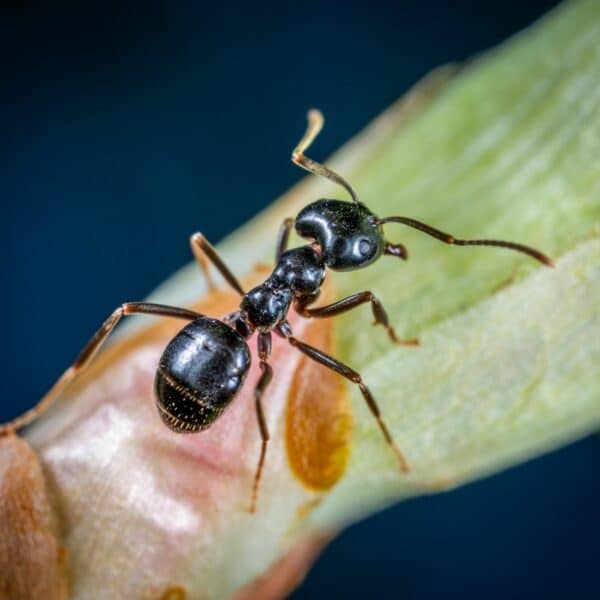Size: 1/16 in.
Color: Shiny black
Body Structure: Head, thorax and abdomen with two nodes on the pedicel connecting the thorax and abdomen
Characteristics: Colonies can range from moderate to large in size and may feature multiple queens, which are 2-3 times the size of worker ants.
Habitat/Behavior: Little black ants like to nest in moist areas. Outdoors, they commonly are found beneath lumber, in mulch, in rotting logs or beneath debris. They feed primarily on honeydew, pollen and other insects. Little black ants often are drawn indoors if the outdoor food supply runs low and are particularly drawn to sugary items, bread and meat. They can invade wall voids, spaces beneath carpeting, spaces behind bricks and other crevices.
Commonly Active: Swarming from Spring to Autumn.
Prevention/Treatment: As with other species, black ants are drawn to food remains. Keeping food preparation areas and anywhere food is consumed free of food residues is a key measure to prevent infestation. Also clearing debris and filling cracks around the house may also prevent infestation. While store-bought baits may appear to curb an infestation, often baits will kill the worker ants before the bait is taken back to the nest, meaning the colony continues to survive even after treatment. For this reason, it is recommended that a pest control professional inspect your home and administer professional treatment to eliminate these pests.

